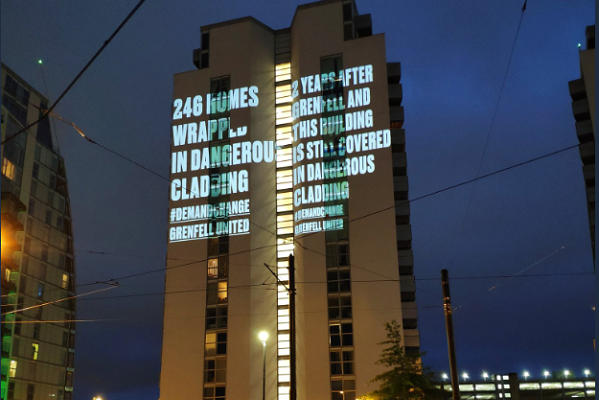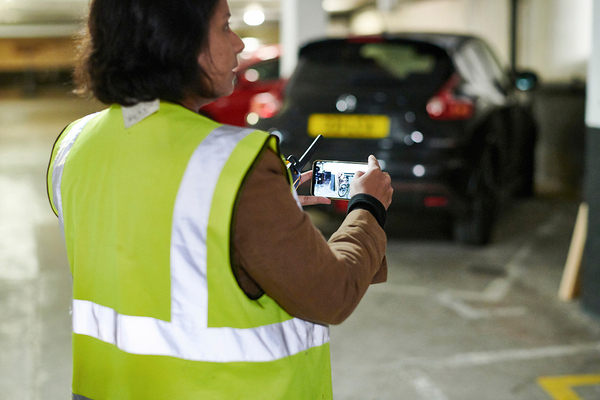Government warned limits on Building Safety Fund will reduce social housing new build
Social landlords will be forced to reduce planned development and maintenance spend if they are not allowed to reclaim their full cladding remediation costs from the new £1bn Building Safety Fund, the government has been warned.

The Greater London Authority, the NHF and the Labour Party have all called for increased access to the pot for social landlords, following the publication of a prospectus setting out its remit yesterday.
Under the current rules, social landlords will not be permitted to bid for the full cost of cladding works. Instead, they can claim only for the amount of funding they would have billed private leaseholders through service charges.
They will be allowed to apply for full costs only if they face a threat to their financial viability without the assistance – and must provide a business case demonstrating this.
But this will likely mean a reduction in expenditure elsewhere as social landlords divert funds to repair endemic fire safety issues. The bill for the sector is expected to far exceed £10bn.
In a letter sent to building safety minister Lord Stephen Greenhalgh yesterday, Tom Copley, London’s deputy mayor for housing, said that while the fund is a step in the right direction, it is “alarming” that it excludes social housing providers from applying unless they are “financially threatened”.
He called on the government to reconsider its decision and give social landlords “full access to the fund”.
He added that this would give social landlords an “equal footing” with private landlords, and that it would ensure that money for building new homes was not diverted to fixing fire safety issues and that rents would not be increased to cover losses.
The Ministry of Housing, Communities and Local Government (MHCLG) rejected Mr Copley’s claims, saying that “social landlords were not excluded from the fund”.
MHCLG said the funding would be given to providers to meet costs of charges to leaseholders, with further details on the claim process being announced in July 2020.
Kate Henderson, chief executive of the NHF, said that while it she thinks it is good news that the fund will cover the costs of social housing leaseholders, the money needed for all buildings is immense and it is likely that social housing providers will have to take away funds allocated to building new homes and improving existing stock.
Yesterday’s prospectus revealed that the £1bn fund would be administered on a “first come, first served” basis. Building owners will need to register their interest between 1 June (next Monday) and 31 July.
Applicants will have to provide evidence that they have explored every opportunity to fund remediation from sources other than private residential leaseholders and the government, before being deemed eligible to receive the money.
Landlords that have already begun cladding remediation work, or committed to paying for work, will be barred from applying.
Mike Amesbury, Labour’s shadow housing minister, said “the size and scope of the fund will not be sufficient to make high-rise buildings safe”.
He also said the fund leaves “critical problems” unresolved, such as the exclusion of social landlords and the fact that there will be no help for leaseholders facing increased insurance premiums as a result of fire safety issues.
Inside Housing has reported on a number of blocks in the country that have seen their insurance premiums increase by as much as 1,200% as a result of dangerous materials present on their buildings.
Speaking on behalf of leaseholder groups, representing tens of thousands of affected residents across the UK, Ritu Saha said: “While we welcome the release of money for the Building Safety Programme, we have serious concerns that this fund lacks the size and scope to truly solve the crisis we face and prevent a repeat of Grenfell.”
In response, MHCLG said it expects a significant proportion of cladding removal to be funded by those responsible for the original work, through building warranties or by building owners that are able to pay without passing on to leaseholders.
It added that it expects owners who have committed to pay for works to continue to do so, and that the fund would cover the removal and replacement of cladding where landlords would not otherwise be able to do so at the pace required.
Sign up for our daily newsletter
Already have an account? Click here to manage your newsletters










